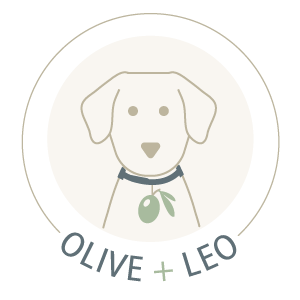Running a restaurant is a whirlwind. Between whipping up delicious dishes, keeping up with inventory, and making sure customers are happy, there’s barely a moment to breathe, let alone plan elaborate marketing campaigns. And yet, the reality remains: engaging with your customers and promoting your business is crucial for success.
But here’s the secret: effective marketing doesn’t have to waste your precious hours. That’s where text marketing comes in. It’s a powerful tool for building relationships, driving repeat business, and boosting sales, all while being budget-friendly and easy to manage. But with limited time, manually crafting and sending text campaigns might feel overwhelming. That’s where the real magic happens: automation.
At Olive + Leo, we built our text marketing and digital engagement platform specifically for the hospitality industry, because we believe you deserve that kind of magic. With our automated text campaigns, you can connect with customers on a personal level without getting bogged down in constant management. In this article, we’ll explore the magic of automating text campaigns and how it can revolutionize your restaurant’s marketing strategy.
5 Automated Text Campaign Ideas
Ready to free up your time with the power of text marketing? Here are just a few automated text campaign ideas to get you started:
1. Welcome them with an offer they can’t refuse
When someone joins your text list or makes their first purchase, send a personalized welcome message that makes them feel special. Make sure this offer is compelling so they are grateful for signing up for the program and incentivized to use it. This sets a positive tone and starts building a relationship from the get-go.
2. Celebrate special occasions
Anniversaries are a golden opportunity to show customers you care. Send an automated text with a personalized discount or reward on the anniversary of their first visit or sign-up. It’s a small gesture that makes a big difference, reminding them why they love your restaurant and encouraging another visit.
3. Send them a birthday surprise
Birthdays are all about feeling special. Make your customers’ day with an automated text with birthday wishes and an exclusive offer. This personalized touch shows you remember them, boosting their mood and loyalty.
Pro Tip: Sending the special offer a few days before their birthday will help your message stand out if they get inundated with texts on their special day.
4. Rekindle the spark
Customers who haven’t visited in a while might need a little nudge. With the Olive + Leo platform, you can send an automated text after a period of inactivity (like 30 days) with a special offer or friendly reminder of your delicious food. It’s a gentle way to bring them back and reignite their love for your restaurant.
5. Make a simple online review request
For hospitality businesses, online reviews are marketing gold. Positive reviews can influence potential customers and boost your credibility. Leverage the power of automated texts to request reviews after a positive experience. For example, after a second visit, send a message asking for their feedback on Google or Yelp. This increases your chances of getting glowing reviews that attract even more customers.
The Recipe for Success: Automated Text Campaign Best Practices
Automation is only helpful if your text marketing campaigns are effective. Here are some best practices to make your automated campaigns truly shine:
-
Timing is Key
Don’t overwhelm customers with too many texts—find the sweet spot for staying connected without being intrusive. For example, sending a text an hour after a visit can be more impactful than sending an immediate one, which may be easier to ignore.
-
Personalize like a Pro
When possible, use the customer’s name and offer relevant deals based on their engagement or purchase history. This creates a human connection that resonates more than generic messages.
-
Humor is Your Friend
Marketing texts don’t have to be dry. Infuse them with your brand voice, which may be funny, inspirational, or friendly. People appreciate a human touch.
-
Visuals Grab Attention
Animated GIFs and images grab attention and leave a lasting impression. Use them to showcase your delicious dishes and vibrant atmosphere.
-
Track & Analyze
Just like your signature dish, your campaigns need fine-tuning. As you implement campaigns, be sure to monitor metrics to see what’s working and adjust accordingly.
Unlock the Magic with Olive + Leo
At Olive + Leo, we believe that effective marketing doesn’t have to be time-consuming. By automating your text campaigns, you can unlock the magic of personalized engagement while freeing up valuable time to focus on what you do best—running your restaurant. Explore our platform, discover the package that’s right for you, and start reaping the rewards of automated text marketing today.










